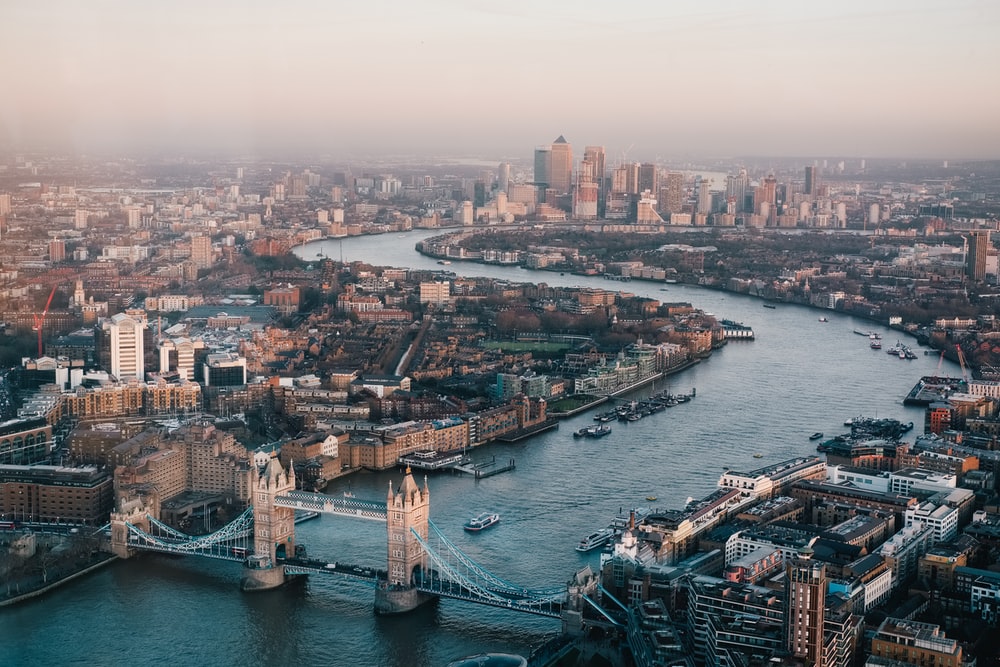The sustainability of our cities hinges on effective management of water resources in an increasingly urbanised landscape marred by climate change. Traditional drainage systems often struggle to cope with increasing volumes of stormwater runoff, leading to flooding, pollution, and strain on infrastructure. By embracing innovative environmental drainage solutions, cities can mitigate environmental impact and create healthier living environments for their residents.
Professional Drainage Companies
Drainage professionals play a big role in ensuring the consistently smooth running of systems in urban areas. Drainage companies in London often deal with big projects to ensure the safety of the general public and infrastructure, which helps in day-to-day preservation to prevent waterlogging and overflow, and maintain an environmental equilibrium in the city itself. Not only does this prevent road flooding, it prevents flooding in nature reserves. This in turn stops soil and bank erosion, siltation and landslides, any damage to vegetation and impact on water quality.
Green Roofs
By transforming rooftops into green spaces decorated with vegetation, cities can significantly reduce stormwater runoff. Green roofs act as natural sponges, absorbing rainfall and slowing down the flow of water into wider drainage systems. Additionally, they provide insulation, mitigate urban heat island effects, and contribute to biodiversity, making them a solution with a host of benefits for sustainable urban development.
Stormwater Harvesting
Innovative stormwater harvesting systems offer a sustainable approach to water management in urban areas. By collecting and storing rainwater for reuse in non-potable applications such as irrigation and toilet flushing, cities can alleviate pressure on drainage systems and reduce reliance on freshwater resources. Stormwater harvesting also contributes to water conservation efforts, promoting a circular economy approach to urban water management.
Permeable Pavements
Permeable surfaces allow rainwater to infiltrate into the ground, replenishing groundwater supplies and reducing runoff. By replacing conventional concrete with permeable materials in sidewalks, driveways, and parking lots, cities can mitigate flooding, prevent water pollution, and enhance the overall aesthetic appeal of urban spaces.

Naturalised Waterways
Restoring or creating naturalised waterways within urban landscapes can transform drainage infrastructure while enhancing biodiversity and recreational opportunities. By reintroducing meandering streams and wetlands, cities can improve water retention, reduce the risk of flooding, and create vibrant urban ecosystems that benefit both people and nature.
Rain Gardens and Bioswales
Strategically placed rain gardens and bioswales serve as natural filtration systems, capturing and purifying stormwater runoff. These vegetated features not only beautify urban landscapes but also provide habitats for wildlife and go a long way in promoting biodiversity. By incorporating native plant species adapted to climate conditions in the local area, cities can create ecosystems that thrive in the face of environmental challenges.
Integrated Water Management
A holistic approach to water management is essential for sustainable urban development. Integrated water management strategies consider the entire water cycle, from rainfall to runoff to treatment and reuse. By integrating green infrastructure with traditional drainage systems and incorporating community input, cities can optimise water resources and enhance resilience to climate change.
Community Engagement and Education
By raising awareness about the importance of sustainable water management practices and empowering residents to take action, cities can build a culture of environmental stewardship and collective responsibility. Engaging communities in the planning, implementation, and maintenance of green infrastructure projects fosters a sense of ownership and pride in local environmental initiatives.
As cities grapple with the challenges of urbanisation and climate change, innovative environmental drainage solutions offer a path towards resilience and sustainability. In the wider cityscape, it is important to keep on top of new developments: if London’s drainage facilities became outdated and unmaintained, the results could be catastrophic, especially in a tightly packed urban area. By embracing green infrastructure, stormwater harvesting, and integrated water management approaches, cities can mitigate the impacts of extreme weather events, enhance biodiversity, and create vibrant, habitable communities for generations to come. Through collaboration and innovation, we can build cities that thrive in tandem with nature.

